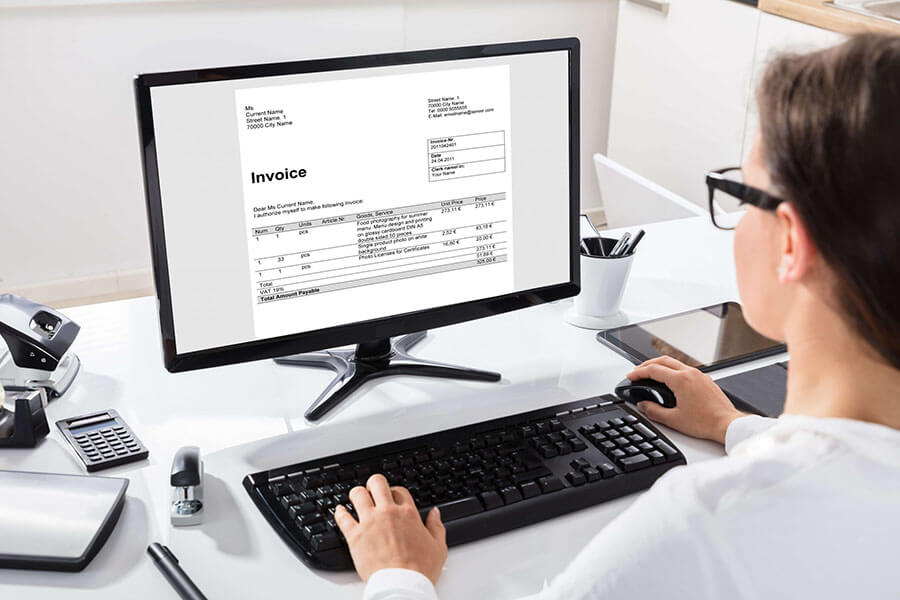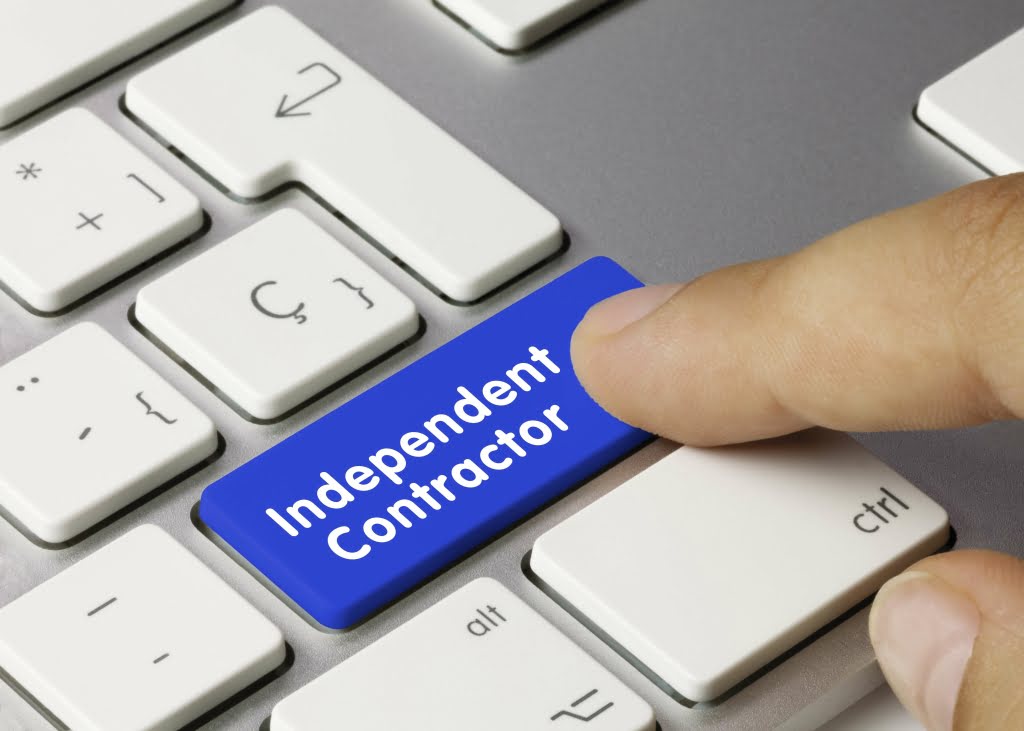A double-declining balance method is a form of an accelerated depreciation method in which the asset value is depreciated at twice the rate it is done in the straight-line method. Since the depreciation is done at a faster rate (twice, to be precise) than the straight-line method, it is called accelerated depreciation. The DDB depreciation method offers businesses a strategic approach to accelerate depreciation. When it comes to taxes, this approach can help your business reduce its tax liability during the crucial early years of asset ownership. When you choose to use the double declining method, the rate of depreciation has to be maintained for the asset’s life.
How do I record depreciation using the Double Declining Balance Method in my financial statements?
- This method, like other accelerated depreciation methods, counts depreciation expenses faster.
- Depreciation helps businesses match expenses with revenues generated by the asset, ensuring accurate financial reporting.
- Simultaneously, you should accumulate the total depreciation on the balance sheet.
- After the final year of an asset’s life, no depreciation is charged even if the asset remains unsold unless the estimated useful life is revised.
- Instead, we simply keep deducting depreciation until we reach the salvage value.
- It automates the feedback loop for improved anomaly detection and reduction of false positives over time.
With Taxfyle, your firm can access licensed CPAs and EAs who can prepare and review tax returns for your clients. Taxfyle connects you to a licensed CPA or EA who can take time-consuming bookkeeping work off your hands. Taxes are incredibly complex, so we may not have been able to answer your question in the article. Get $30 off a tax consultation with a licensed CPA or EA, and we’ll be sure to provide you with a robust, bespoke answer to whatever tax problems you may have. You can connect with a licensed CPA or EA who can file your business tax returns. Set your business up for success with our free small business tax calculator.
Depreciation: What It Is & How It Works + Examples
Increase your desired income on your desired schedule by using Taxfyle’s platform to pick up tax filing, consultation, and bookkeeping jobs. Tickmark, Inc. and its affiliates https://www.bookstime.com/ do not provide legal, tax or accounting advice. The information provided on this website does not, and is not intended to, constitute legal, tax or accounting advice or recommendations.
Would you prefer to work with a financial professional remotely or in-person?
Unlike other depreciation methods, it’s not too challenging to implement. Double declining balance depreciation is a method of depreciating large business assets quickly. In DDB depreciation the asset’s estimated salvage value is initially ignored in the calculations. However, the depreciation will stop when the asset’s book value is equal to the estimated salvage value. Under the declining balance method, depreciation is charged on the book value of the asset and the amount of double declining balance method depreciation decreases every year.
Double Declining Balance Method for Depreciation (With Examples)
- Under the declining balance methods, the asset’s salvage value is used as the minimum book value; the total lifetime depreciation is thus the same as under the other methods.
- If you make estimated quarterly payments, you’re required to predict your income each year.
- As an alternative to systematic allocation schemes, several declining balance methods for calculating depreciation expenses have been developed.
- Under the straight-line depreciation method, the company would deduct $2,700 per year for 10 years–that is, $30,000 minus $3,000, divided by 10.
- DDB is ideal for assets that very rapidly lose their values or quickly become obsolete.
However, the 20% is multiplied times the fixture’s book value at the beginning of the year instead of the fixture’s original cost. The declining balance method is an accelerated depreciation system of recording larger depreciation expenses during the earlier years of an asset’s useful life. The system records smaller depreciation expenses during the asset’s later years. This method falls under the category of accelerated depreciation methods, which means that it front-loads the depreciation expenses, allowing for a larger deduction in the earlier years of an asset’s life. The double-declining balance depreciation (DDB) method, also known as the reducing balance method, is one of two common methods a business uses to account for the expense of a long-lived asset. Similarly, compared to the standard declining balance method, the double-declining method depreciates assets twice as quickly.
- It’s important to accurately estimate the useful life to ensure proper financial reporting.
- The rate is set after the first depreciation period, and is applied to the declining book value each period that follows.
- In addition, capital expenditures (Capex) consist of not only the new purchase of equipment but also the maintenance of the equipment.
- Double-declining depreciation charges lesser depreciation in the later years of an asset’s life.
- However, it is crucial to note that tax regulations can vary from one jurisdiction to another.
Double Declining Balance Method
It’s ideal for assets that quickly lose their value or inevitably become obsolete. This is classically true with computer equipment, cell phones, and other high-tech items that are generally useful earlier on but become less so as new models are brought to market. An accelerated method of depreciation ultimately factors in the phase-out of these assets.
The company will have less depreciation expense, resulting in a higher net income, and higher taxes paid. This method accelerates straight-line method by doubling the straight-line rate per year. In most depreciation methods, an asset’s estimated useful life how is sales tax calculated is expressed in years.






Recent Comments